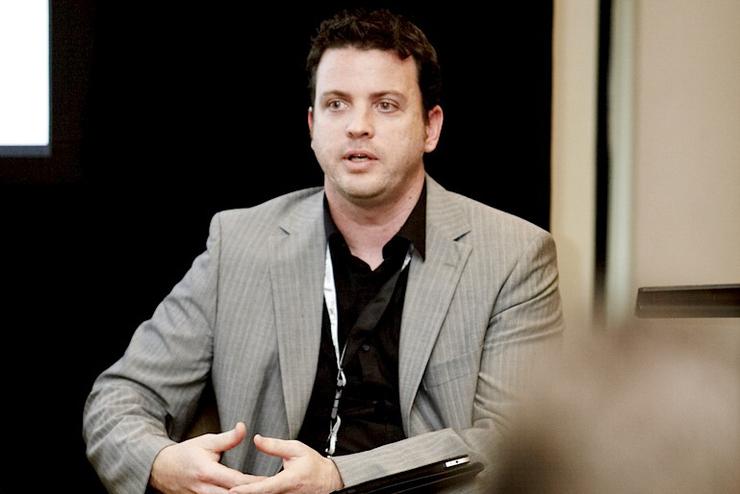
iiNet IT manager, Matt Toohey, shares on his experiences with deploying a standard operating environment.
With most employees requiring some form of mobile access from laptop, smartphone or tablet as well as their conventional desktop, the VDI approach is becoming increasingly relevant as it does away with concurrency issues by allowing access to the same desktop image no matter what device is used. Microsoft, Citrix Systems, VMware and Quest Software are amongst the leaders in this space, each offering a robust VDI architecture that is quickly gaining traction amongst a broad range of companies.
"We're seeing, more and more, that apps are being extracted from the desktop and published in different ways," says Mark Rugless, Asia-Pacific workplace strategy and services executive with IBM Australia. "The traditional Office [and Windows] SOE is being disassembled; rather than having the entire SOE distributed and having to be managed so every update is loaded in a timely fashion, the way apps can now be stacked on the SOE provides the best performance."
Crunch time for innovation
One of the benefits of the VM approach is that it allows IT managers to roll out an SOE without having to physically wipe the host computer and image it a certain way; this simplifies the end-user's burden and enables coexistence between work and personal workspaces, without forcing users to have separate devices just for work as in the past. This trend led IDC to dub 2010 “the year of variety in the client devices space” as IT manager explore alternatives to the traditional PC model.
Internet service provider iiNet, for one, has used VMware’s VDI platform to deliver a standard suite of applications to around 2000 customer centre workers spread from South Africa to New Zealand, with a 50/50 mix of VDI-driven thin-client systems and conventional Windows and Mac OS X-based desktops. The same desktop SOE is accessible whether employees are in the office or, as more than 130 staff do, working from home.
"What desktop you get depends on where you are," says IT manager, Matthew Toohey. “We were initially not sure it was going to produce the same customer experience as someone sitting in the office, but it has: customers have no idea the agents might be at home, and are not in a grade one environment with fully redundant everything.”
VDI approaches are also proving valuable where information and applications need to be shared with large numbers of partners. For example, Rugless has been working with a Western Australian insurance company that's using a VDI infrastructure to push desktops to its brokers and ensure they always have access to the latest applications and data.
As at iiNet, this approach is also easier than conventional locked-down SOEs when quickly bringing new desktops into the mix; desktops can be deployed with equal efficacy no matter what environment the end user is running.
(AAPT acquisition prompts iiNet SOE switch)
"We're seeing that it's a lot more about end-user productivity as opposed to end-user support," says Rugless. “With the withdrawal of support for Windows XP over the next few years, most companies are going to have to through the process of redesigning their SOEs. Many customers want to better understand their options, and Windows 7 is giving them the excuse to do that.”
The chance to completely revisit their SOE strategies is giving many companies the impetus to drive massive changes in their overall philosophies. Suncorp, for example, is in the midst of a total reconsideration of its computing infrastructure, with a significant server virtualisation project now completed and desktops in the sights of CIO Jeff Smith.
“We shouldn’t be bragging about having one standard for a desktop,” Smith explains. “Our infrastructure people’s job is not to control things, but to create a productive environment for our people, and to make it as easy as we can for people to utilise the gifts they’re born with and that they’ve nurtured.”
Whether done in the traditional way or using a VDI approach, there is no question that IT managers have more options than ever in rolling out their SOEs. Traditional locked-down environments may suit the governance and technical requirements at many sites, but others may turn to a more virtualised approach to meet increasing user demand for mobility, and consistency of experience inside and outside the office.
The key is for desktop administrators to step back for a moment and weigh up the strategic goals of the business, rather than diving into a blinkered approach that locks out flexibility and change. Once the goals of the business are made clear, current desktop technologies make it easier than ever to deliver the right SOE strategy to ensure those goals are met as easily and cost-effectively as possible.
Follow Computerworld Australia on Twitter: @ComputerworldAU


